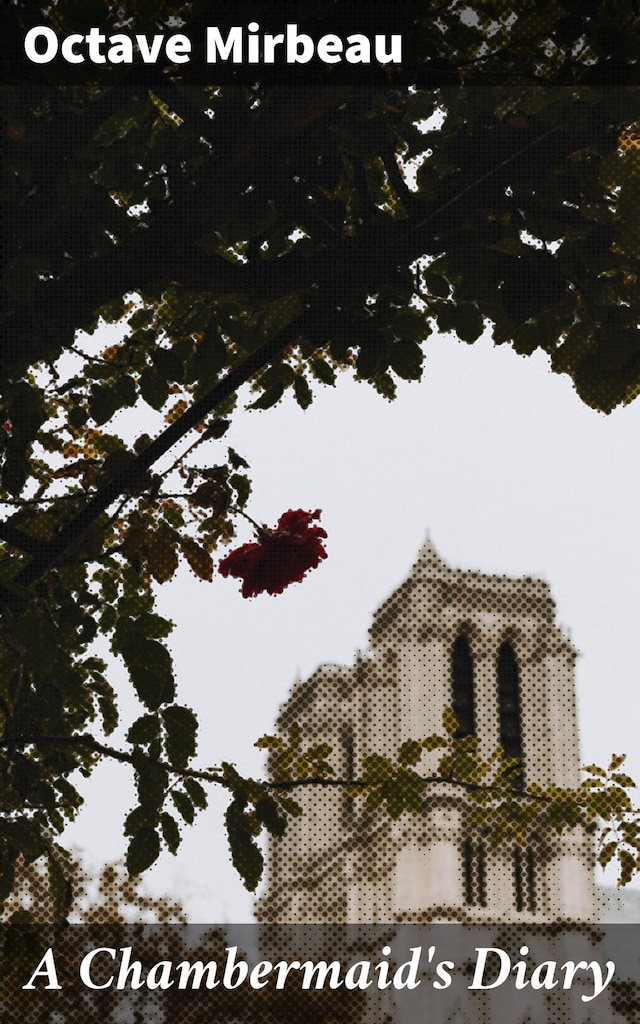
A Chambermaid's Diary
A Dark Portrait of Oppression and Exploitation in 19th Century France
Description of the book
In "A Chambermaid's Diary," Octave Mirbeau skillfully crafts a provocative exploration of class, gender, and the intricate dynamics of power within the confines of bourgeois society. Utilizing a first-person narrative style, the book unfolds through the intimate reflections of a chambermaid, revealing her innermost thoughts and experiences in a wealthy household. Mirbeau's literary technique frequently blends realism with elements of impressionism, capturing the emotional landscape of his protagonist while simultaneously critiquing the social injustices that underpin her existence. As a work emerging from the late 19th century, it aligns with the Naturalist movement, yet it also transcends its typical boundaries by infusing stark personal observations with a touch of surrealism, thus enriching the text's thematic depth. Octave Mirbeau, a prominent figure in French literature, was deeply influenced by his own experiences and the societal upheavals of his time. His involvement with the anarchist movement and his disdain for the hypocrisy of bourgeois life significantly shaped the narrative of "A Chambermaid's Diary." Mirbeau'Äôs background as a journalist and art critic allowed him to hone a keen eye for detail, and his commitment to exposing societal ills is palpably woven into the fabric of this work. Readers seeking a profound examination of social hierarchies and human identity will find "A Chambermaid's Diary" an engrossing and enlightening read. Mirbeau's poignant prose and vivid character portrayal invite contemplation on the plight of the marginalized, making this book not just a literary work but a timeless social commentary that resonates with the ongoing struggles of today's world.
 Octave Mirbeau
Octave Mirbeau 336 Pages
336 Pages